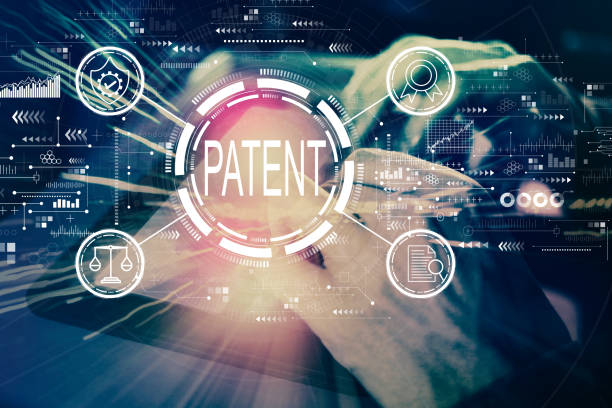News Highlight
The recent report, “Why India Needs to Urgently Invest in its Patent Ecosystem?” highlights the significance of a robust patent system for a knowledge economy and the promotion of technological innovations.
Key Takeaway
- The report highlighted that the number of resident patent applications surpassed that of foreign applications during the last quarter of the financial year 2021-22.
What are patents?
- A patent is a type of intellectual property (IP) that gives its owner the legal right to exclude others from making, using, or selling an invention for a limited period in exchange for publishing an enabling disclosure of the invention.
Patents and India
- The Patents Act, 1970:
- It is the legislation that, to date, governs patents in India. It first came into force in 1972.
- The Office of the Controller General of Patents, Designs and Trade marks, or CGPDTM, is responsible for the Indian Patent Act.
- The Act was amended by the Patents (Amendment) Act, 2005, wherein product patents were extended to all technology fields, including food, drugs, chemicals, and microorganisms.
- The National Intellectual Property Rights Policy 2016:
- The National IPR Policy is a vision document that encompasses and brings to a single platform all IPRs. It views IPRs holistically, taking into account all inter-linkages and thus aims to create and exploit synergies between all forms of intellectual property (IP), concerned statutes and agencies.
- The Controller General of Patents, Designs and Trademarks (CGPDTM):
- It functions under the Department of Promotion of Industry and Internal Trade (DPIIT), Ministry of Commerce & Industry.
- The office is located in Mumbai.
- The Controller General supervises the workings of the Patents Act, 1970, the Designs Act, 2000; and the Trade Marks Act, 1999.
- It also gives advice to the government on matters relating to these subjects.
- The India Innovation Index
- It is released by NITI Aayog and the Institute for Competitiveness every year.
- The index attempts to create an extensive framework for continuously evaluating the innovation environment in all states and union territories.
- TRIPS Agreement:
- It became a party to the Trade-Related Aspects of Intellectual Property Rights (TRIPS) Agreement following its membership in the World Trade Organisation(WTO) in 1995.
- The TRIPS Agreement, the Agreement on Trade-Related Aspects of Intellectual Property Rights (IPR), is an international legal agreement between all the World Trade Organisation member nations.
- IPR-related conventions:
- India is also a signatory to several IPR-related conventions, which govern various patent-related matters. They include:
- Berne Convention-which governs copyright.
- The Budapest Treaty on the International Recognition of the Deposit of Microorganisms for Patent Procedure
- The Paris Convention for the Protection of Industrial Property
- The Patent Cooperation Treaty (PCT).
- India is also a signatory to several IPR-related conventions, which govern various patent-related matters. They include:
Issues and challenges of the patent ecosystem in India
- Long pendency:
- A primary concern expressed in the report is the long pendency of processing patent applications in India.
- Low global competency:
- While India ranked only 46th in the latest Global Innovation Index report in 2021, it has climbed twice over the previous year’s standing.
- Lack of collaboration between industry and academia:
- The draft of the National Auto Policy 2018 (Draft) points out that cooperation between the industry and academia in India has been limited to niche research areas that have low commercial significance.
- The Issue of Compulsory Licensing (CL):
- CL is the grant of permission by the government to entities to use, manufacture, import, or sell a patented invention without the patent owner’s consent.
- CL is problematic for foreign investors who bring technology as they are concerned about using CL to replicate their products.
- Priority Watch List:
- India remains on the United States Trade Representative’s (USTR) ‘Priority Watch List for alleged violations of intellectual property rights (IPR).
Way forward
- Increasing efficiency:
- Increasing the efficiency of processing patent applications will undoubtedly improve the patent ecosystem in the country.
- A proper resolution mechanism:
- There should be a proper resolution mechanism for resolving IPR-related issues.
- Strong industry and academic collaboration:
- There should be strong industry and academic collaboration in innovation and commercialisation.
- There should promote an environment of innovation in schools. The academic curricula need to be rebooted.
- Simplified Procedure:
- There should be a simplified procedure to register the patent. The process should be time-bound and user-friendly.
Pic courtesy: iStock
Content Source: The Hindu



